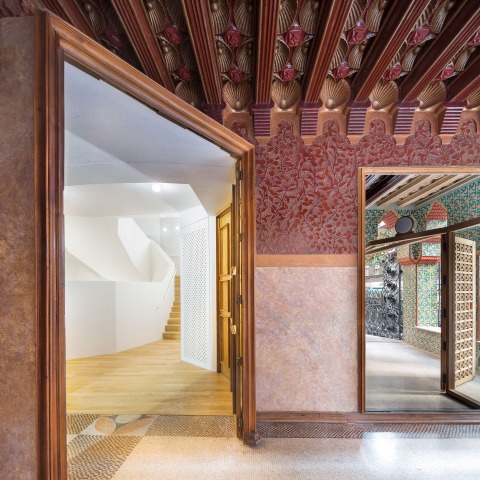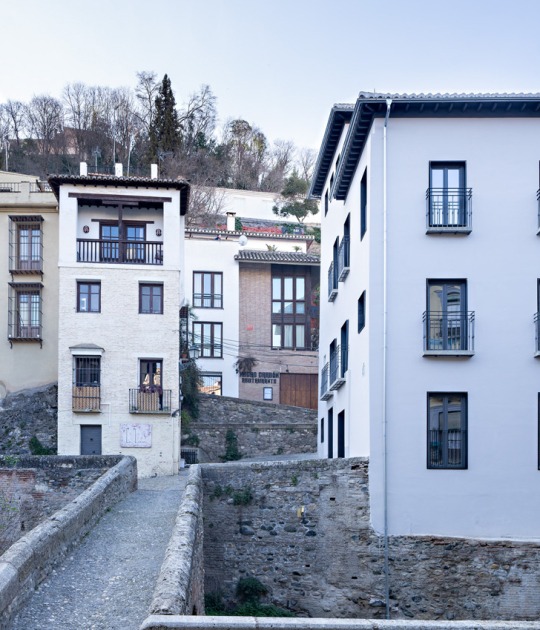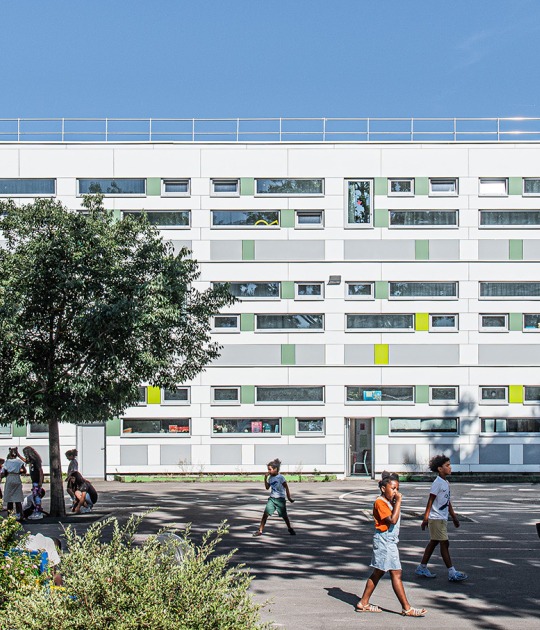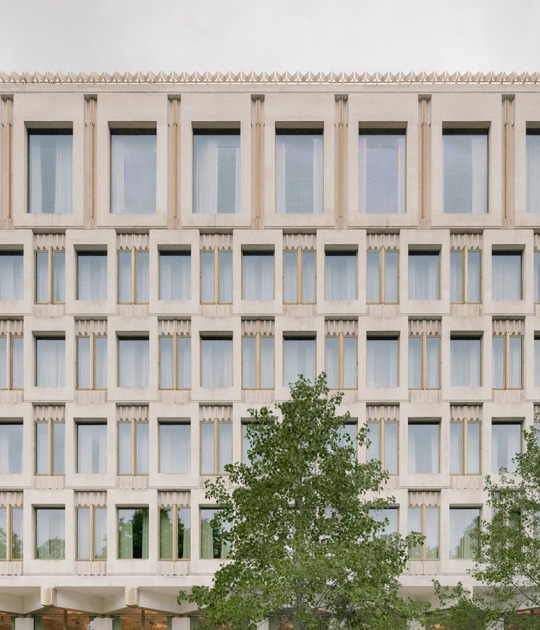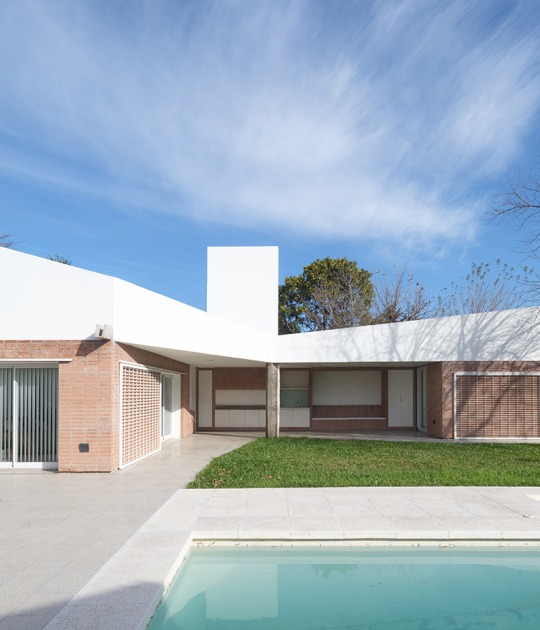Casa Vicens Gaudí will open to the public on November 16th of this year with the purpose of announcing the first house designed by Antoni Gaudí.
The recovery process has lasted almost three years. The rehabilitation and restoration project has been carried out by José Antonio Martínez Lapeña, Elías Torres (Martínez Lapeña-Torres Arquitectes S.L.P) and David Garcia (Daw Office S.L.P).
The Casa Vicens was built between 1883 and 1885 as a summer house designed by a young Gaudí of 31 years for Mr. Manel Vicens i Montaner (1836-1895) 1, exchange agent and stock exchange. It is the first Gaudí building in Barcelona.
The house was structured in four levels: the basement for the warehouse; the ground floor accommodated the living room, the dining room and the kitchen; the first floor was destined to the bedrooms; and the bajocubierta was destined as housing for the service. The house, originally had only three facades, as it was attached to the northeast wall of the neighboring building, so that the southwest façade was the main facade, open to the large garden that surrounded the house. With this orientation, sunny weather and favorable weather conditions were guaranteed during the different seasons of the year. The sgraffito inscriptions on the frieze of the gallery open to the garden, which refer to each of the orientations of the house, are testimony to this will.
The grandstand on the ground floor was one of the most significant spaces in the construction. It was conceived as a semi-open space, connecting the interior and exterior, and allowed the nature of the garden to visually enter the interior of the living / dining room. The garden was presided over by a large waterfall inserted inside a parabolic arch that helped to cool the grandstand of the house, along with a second circular fountain next to the street.
1925: Extension of Joan Baptista Serra de martínez. One of the most significant changes occurred in 1925, when the summer house was enlarged by order of the Jover family, owner of the house since 1899, to make it their habitual residence. The reform project was devised by Joan Baptista Serra de Martínez (1888-1962), an architect who was a friend of Gaudí, and he had his approval2. At that time, Casa Vicens went from being a single-family house on the outskirts of the city to a habitual multi-family residence that housed three houses, one per floor.
After 130 years of history as a family home for private use, the Casa Vicens becomes the last piece of the Barcelona World Heritage to be accessible and accessible to everyone.
The recovery and opening project of the Casa Vicens has been possible thanks to MoraBanc, a private bank of reference in Andorra that acquired the property in March 2014. The entire rehabilitation, restoration and museography project is valued at four and a half million euros.
